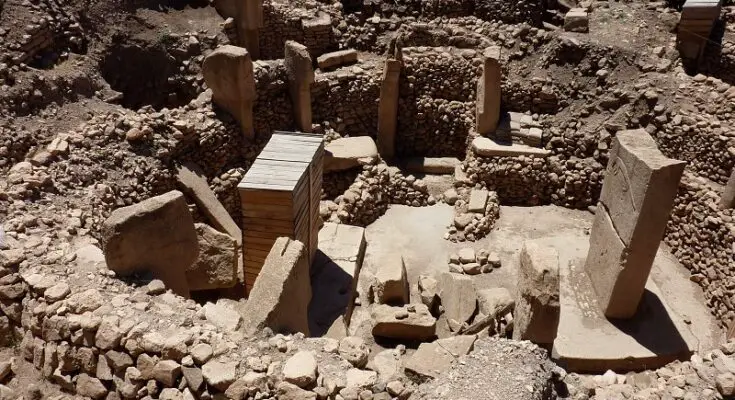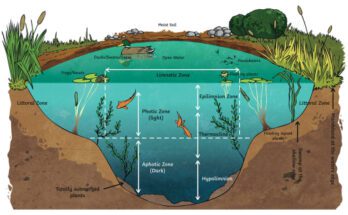Archaeological excavations have long captivated the human imagination, offering a tangible connection to our past and providing invaluable insights into ancient civilizations. This article delves into the world of archaeological digs, exploring the methods, challenges, and exciting discoveries that define this field of study.
The Basics of Archaeological Excavation
Archaeological excavation systematically involves uncovering and documenting artifacts, structures, and other remnants of past human activity. This meticulous work requires patience, attention to detail, and a deep understanding of various scientific disciplines.
Planning and Preparation
Before any digging begins, archaeologists must:
- Conduct thorough research on the site’s history and potential
- Obtain necessary permits and permissions
- Assemble a team of experts and volunteers
- Gather essential tools and equipment
Excavation Techniques
Archaeologists employ various techniques to expose and preserve archaeological remains carefully:
- Trenching: Digging long, narrow trenches to reveal stratigraphy
- Open-area excavation: Exposing large areas to uncover entire structures or settlements
- Test pitting: Creating small, exploratory holes to assess site potential
Tools of the Trade
Archaeological excavations rely on a combination of traditional tools and modern technology:
| Traditional Tools | Modern Technology |
| Trowels | Ground-penetrating radar |
| Brushes | LiDAR scanners |
| Shovels | Aerial photography |
| Sieves | 3D modeling software |
The Importance of Stratigraphy
Stratigraphy, the study of rock layers and layering, is crucial in archaeology. It helps archaeologists:
- Determine the relative age of artifacts and features
- Understand site formation processes
- Reconstruct the sequence of events at a site
Documenting the Dig
Accurate documentation is essential in archaeological excavations. This includes:
- Detailed field notes and sketches
- Photographs and videos
- GPS mapping and surveying
- Collection of samples for laboratory analysis
Challenges in Archaeological Excavation
Archaeological digs face numerous challenges:
- Funding constraints: Many projects struggle to secure adequate funding.
- Time pressure: Excavations often race against development projects or natural erosion.
- Environmental factors: Weather conditions can impact dig progress and preservation.
- Political and cultural sensitivities: Some sites may be off-limits due to local customs or international disputes.
Notable Archaeological Discoveries
Throughout history, archaeological excavations have uncovered remarkable finds that have reshaped our understanding of the past:
The Terracotta Army
Discovered in 1974 near Xi’an, China, this vast collection of life-sized clay soldiers guarding the tomb of Emperor Qin Shi Huang provides insights into ancient Chinese military practices and artistry.
Pompeii
The excavation St George of Pompeii, buried by the eruption of Mount Vesuvius in 79 AD, has given archaeologists an unparalleled glimpse into daily life in a Roman city.
King Tutankhamun’s Tomb
Howard Carter’s discovery of the boy king’s intact tomb in 1922 revolutionized our understanding of ancient Egyptian burial practices and royal treasures.
The Role of Technology in Modern Archaeology
Advancements in technology have transformed archaeological excavations:
- Remote sensing: Techniques like LiDAR and ground-penetrating radar allow archaeologists to “see” beneath the surface without digging.
- 3D scanning and printing: These technologies enable precise documentation and replication of artifacts and sites.
- Digital databases: Comprehensive online catalogs facilitate global collaboration and research.
Ethical Considerations in Archaeological Excavation
As archaeology continues to evolve, ethical considerations have become increasingly important:
- Preservation vs. excavation: Balancing the need for research with site preservation
- Repatriation of artifacts: Addressing the return of cultural heritage to origin communities
- Community engagement: Involving local populations in excavation projects and decision-making
Public Engagement and Archaeology
Engaging the public in archaeological excavations has become a priority for many projects:
- Volunteer programs: Offering opportunities for public participation in digs
- Educational outreach: Developing school programs and workshops
- Virtual reality experiences: Creating immersive digital reconstructions of archaeological sites
The Future of Archaeological Excavation
As we look to the future, several trends are shaping the field of archaeological excavation:
- Interdisciplinary collaboration: Increasing partnerships with experts in fields like genetics, chemistry, and computer science
- Climate change impact: Focusing on sites threatened by rising sea levels and extreme weather events
- Non-invasive techniques: Developing more sophisticated methods for studying sites without physical excavation
- Digital preservation: Creating detailed digital archives of excavated sites and artifacts
Wrapping Up
Archaeological excavations continue to captivate researchers and the public, offering a unique window into our shared human history. As technology advances and ethical considerations evolve, archaeology is poised to make even more groundbreaking discoveries in the years to come. By carefully unearthing and interpreting the remnants of past civilizations, archaeologists help us better understand our origins and the complex tapestry of human culture that has unfolded over millennia.




